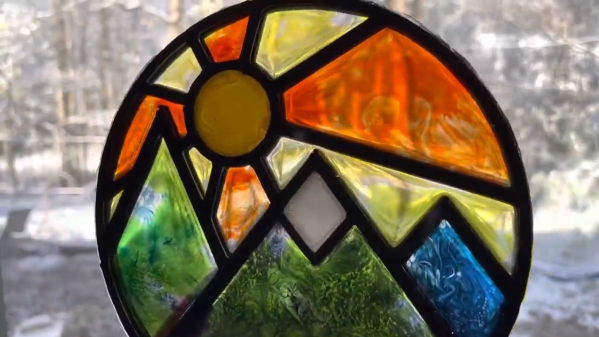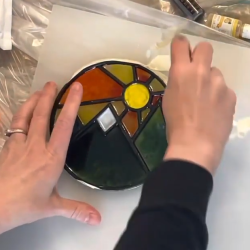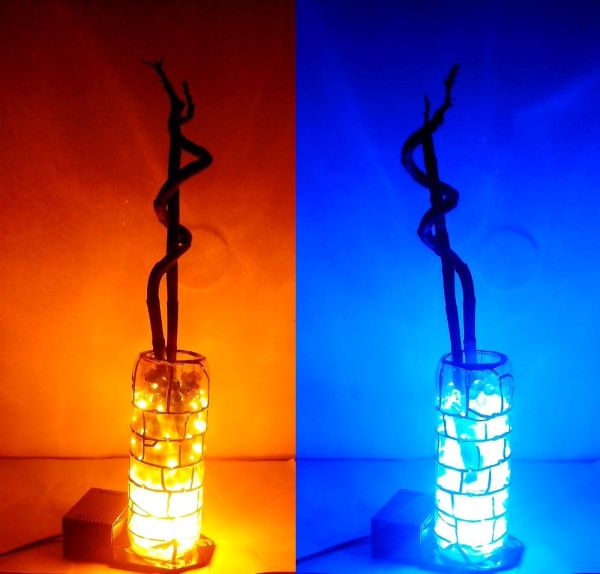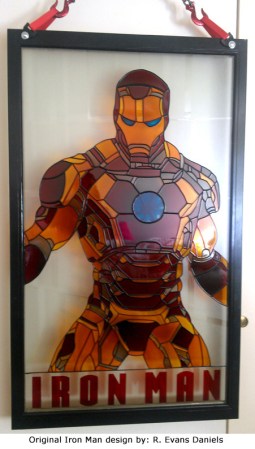You may have heard of a heart of glass or have a glass jaw, but have you ever seen a glass robot?
[Simone Giertz], has taken two of her favorite things, stained glass and robotics, and fused them into a single project. Using an existing metal robot arm as a template, she cut and soldered her stained glass panels before reassembling the robot with its new solarpunk limbs. During testing though, one of the glass panels repeatedly failed at a solder joint.
Undaunted, [Giertz] replaced the faulty piece with an original metal component allowing this “grandma cyberpunk-core” bot to prepare tea as intended. We really love when makers bring us through the whole process, mishaps and all, and [Giertz] never disappoints in this respect. We do wonder a bit about the long-term health impacts of making tea with a robot containing leaded solder though.
If you’re interested in more robots made from unusual materials, checkout this gripper made from a dead spider or this work on phase changing robots.





















